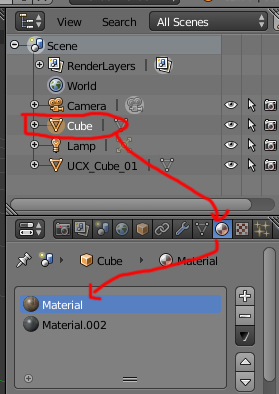If you've used windows for a long time, you may find it has become less friendly over time.
That is putting it mildly.
Every release changes where settings are and what they are called. I swear it is in an effort to make it difficult for you to find a web page with instructions on how to disable stuff easily...
Windows 10 is the pinnacle of constant annoyance.
Let me list off the things that annoy me or have caused me grief:
1. The start menu can't be customized.
WTF? I can't drag stuff onto the start menu anymore? Windows 95 was honestly the best version of the start menu. Seriously. It has just become a platform for Microsoft advertising with all their crap on the right. It can be replaced with classic shell which I inevitably do on every install of windows.
2. The upgrade to windows 10 stopped my gaming rig from working.
My high end gaming rig would get into an infinite reboot loop until I restored from a prior save spot. Upon boot it would immediately reapply updates. You could unplug the network cable but I usually forgot and it was faster than I was. Guess what happened to that save point? It was erased by windows with no fallback. I had to reinstall windows 7. After yelling at it for a while, this was actually a relief. That computer is not longer affected by the scourge that is windows 10.
3. The start menu search dialog is gone (how you easily find software on your machine).
You have no choice (unless you install classic shell) to use Cortana. This is just a cheap excuse by Microsoft to track your search criteria and present you with software from their site in hopes of grabbing more revenue.
4. It secretly installs XBOX services
These services will attempt to capture images and videos when you play games. I didn't know this until Diablo III would constantly blow up. I was like, WTF is going on? I researched it and it is the XBOX service that is causing it. To turn this off I have to log in with my Microsoft account in the xbox service. THEN I can turn it off. Grrr. So I turn that off and Diablo starts working flawlessly again
5. It secretly switches your local security to your Microsoft account
When I logged it to turn the damn XBOX feature off that was killing Diablo they quietly changed security on my machine to be with my Microsoft account. I didn't know this until the machine rebooted with updates while I was on a business trip and got a call from my fiance that it was prompting for a weird logon. I had to remember my stupid Microsoft password to get her in. I just turned that off this morning. The Microsoft account is just another way for them to track your activity and get their hooks into you
6. OneDrive is built into windows 10
This stupid service kept alerting me when I logged in. You can't uninstall it. You can disable notifications. I don't want this thing. I never did.
Those are just the things I can think of. I could have swore I paid for Windows 10 for this new computer. The way they treat me you'd think it was freeware.
Dear Microsoft:
1. I only use your operating system because of gaming. If I could run all my software from linux I would dump you immediately
2. Stop being big brother trying to track everything I do
3. I am not buying one thing from your software store. Ever.





































